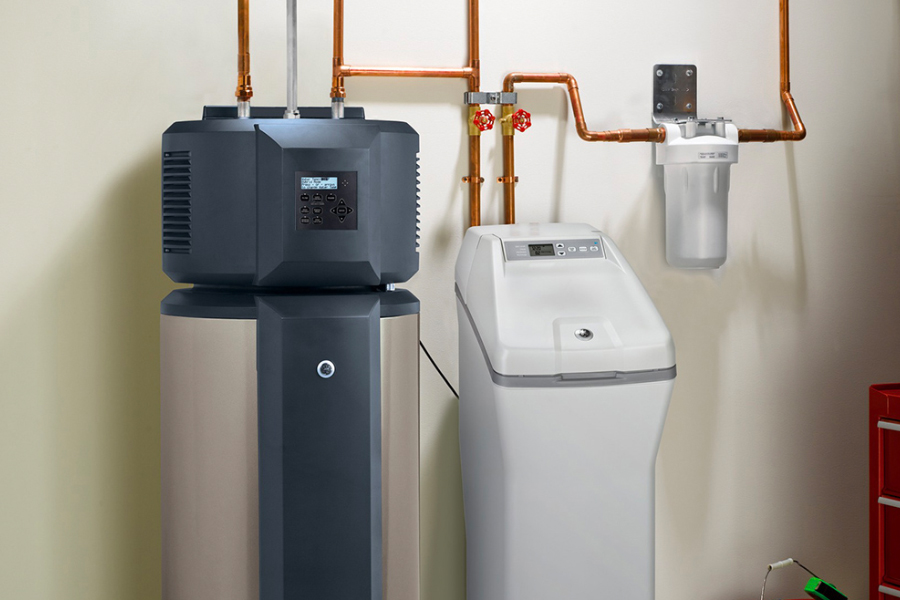
Most people who live in areas with hard water are aware of the need of having a water softening system in their homes.
Drinking hard water, despite the fact that it may not be harmful to your health, should nevertheless be avoided whenever feasible. Consequently, the quality of your water and the estimated lifespan of your plumbing fixtures may both be reduced as a result. You may notice dryness in your hair and skin if you drink hard water. As soon as possible, if you don’t already have one, you should get a water softening machine.
If you’re thinking about getting a new water softener, there are a few things to keep in mind. A water softener’s life expectancy is typically ten to fifteen years. If you’re in the market for a water softener, our buyer’s guide might help you narrow down your options.
Why is it important to update my water softener and how can I tell if it’s time?
If you see any of these signs, you may need to have your water softener serviced or, at the very least, have it replaced. If your soap isn’t lathering in the shower or your clothes is coming out of the washer with a hard texture, it’s probable that an issue with your water softener is to blame. As a result of the minerals in hard water, you may notice a buildup on your faucets and pipes.
Water softeners come in a broad range of styles and capacities
A water softener may be something you’re considering for your house and family. When it comes to water softeners on the market, there are several options to choose from.
A salt water softener is the most popular kind of water softener, therefore it is referred to as such. Hard water ions are removed by resin beads in ion exchange water softeners before sodium ions are returned. Water “softening” is the term for this procedure. It’s important to get a water softener that can renew after a given amount of time or a specific volume of water has been treated. The resin must be replenished. There is a weekly cycle of renewal for the great majority of species. A salt-free softener does not utilise salt to remove heavy minerals from drinking water. A device that can attract minerals and change them into crystals is used instead to prevent minerals from piling up.
One of the key differences between a dual-tank water softener and other, more typical models is the presence of not just one but two tanks. These two tanks make up the water softener. The salt supply in the other tank is being replenished while the first run continually. You may also buy a water softener that doesn’t utilize salt and has two tanks if you like.
Conclusion
The installation of a magnetic water softener directly into a home’s water supply is doable. A water softener of this kind might prove to be a boon to those who live in limited quarters. These water softeners employ a magnetic field to remove ions, either positive or negative, from the water. Because the minerals have a neutral charge, it is impossible for them to stick together and retain their capacity to dissolve in water.

